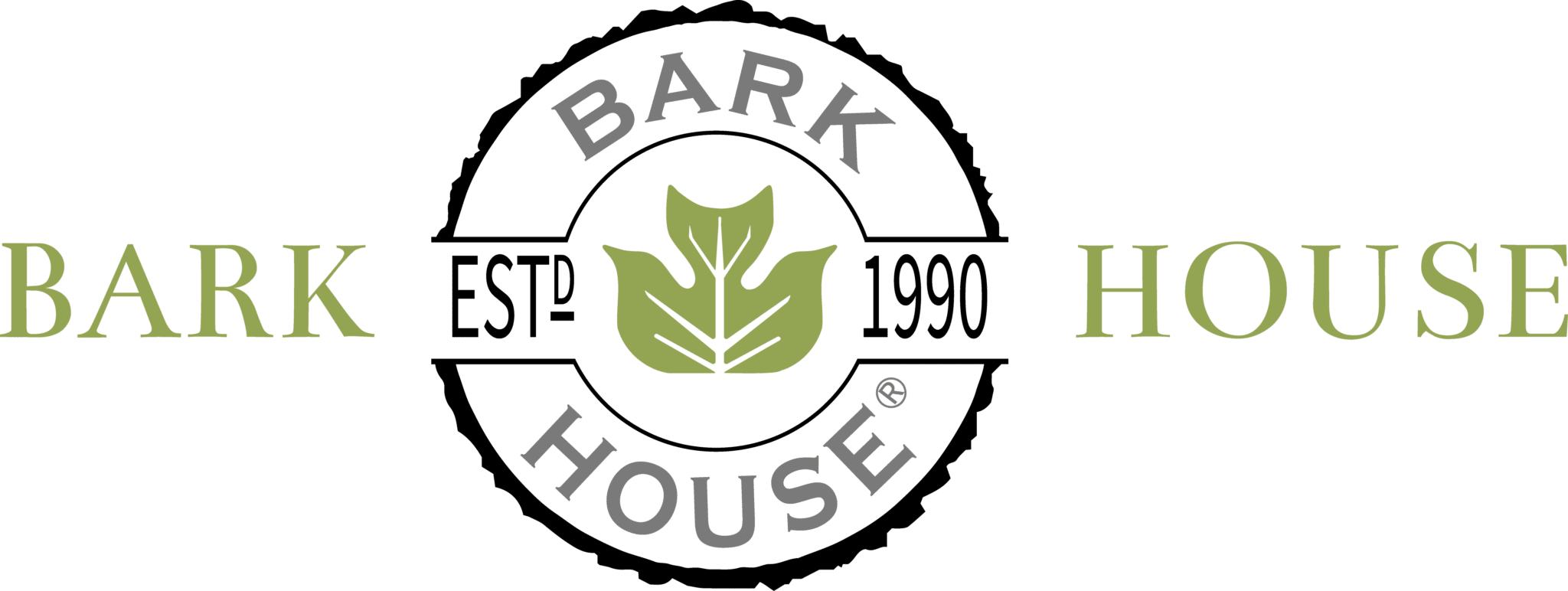The Legacy of Bark Shingle Style Architecture
If you’re ever looking to evoke the quiet, rich voice of the deep woods with your luxury architecture project, look no further than North Carolina. Nothing is more suited to the task than shingle style architecture, a unique aesthetic that celebrates the deep local natural and cultural heritage.
The Basics of Bark Shingle Style Architecture
Bark Single Style is remarkably flexible in that it can accentuate or blend with myriad styles of architecture, from traditional rustic to sleek modern designs. One of the most prominent historical examples of bark Shingle Style in the United States is the Linville Resort in North Carolina, reminiscent of the Beaux‑Arts style.
Regardless of the project, bark wall coverings connect people to nature in the built environment. Bark products elicit thoughts about the potential of nature and memories of times spent in the forest with loved ones. This includes walks with grandparents as children, back when all was safe and anything felt possible.
We believe people care for what they care about, and placing regenerative bark wall coverings in the spaces where people spend 90% of their time will nurture a lasting connection with forests. Reconnecting to nature is an important first step toward human health, climate remediation.
Another key characteristic baked into the bark Shingle Style is the challenging mountain terrain from which it was born. This mountain terrain calls for the use of readily available materials—bark from tight‑knit community members. Locale forges an intimate relationship between the source of materials and their use in the bark Shingle Style architecture. This ensures that the “source” of the material is cared for.
Architects around the world have received hundreds of awards for integrating bark Shingle Style architecture into their designs. As a result, the general public has become more educated about the use, longevity, attributes, and history of poplar bark. But how did poplar bark come to be such an important part of this style of architecture?
Why BARK
As the first manufacturer of bark wall coverings, the Bark House family knows nature has inspired great works of architecture in every country for thousands of years. People yearn for a connection with nature in their living environments. We deliver this in its purest form through beautiful products.
Importantly, we discovered that the patterns in nature can also teach us about a better business process—one that, like nature, is flexible and capable of responding to all types of changing conditions. This type of system and the products derived from it are highly beneficial to the local community and the world at large. Many businesses are built on the idea of keeping things simple, but we follow a methodology that allows us to keep an eye on the whole process and see what’s developing on the horizon, in the valleys and across the plain. We invite every stakeholder including vendors, employees, and clients to learn more about the system that yields products and processes that are awarded world‑wide. Bark House has dedicated itself to preserving our local legacy, not least of all luxury wood shingle siding. In fact, it’s thanks to founder Marty McCurry that the bark shingle style wasn’t lost altogether to history. He engineered the harvesting and manufacturing processes, tools, installation methodologies, and supply chain to keep shingle style architecture going into the 21st century—and, true to our brand, in peak environmentally friendly form.
Marty McCurry developed the manufacturing methodology, supply chain, and application techniques for a flagship product, poplar bark siding, which had never before been manufactured into a commercial siding product. To do this, he drew on a well of knowledge fed by childhood walks with his grandfather in Burke County, North Carolina; degrees in architectural design and engineering; and a passion for innovation. He applied this knowledge to developing groundbreaking techniques for peeling poplar bark, including ensuring its longevity for exterior siding, establishing a supply chain with best management practices, and designing raw material, finished product specifications, tools, and machines. He also developed environmentally sound manufacturing methods such as kiln drying, which had never been done with bark.
Together, Marty and his wife Chris McCurry formed Bark House. The two committed to using only reclaimed bark—waste products of the local logging industry—to create these products. Their Poplar Bark Wall Tiles are the only product to have ever achieved a Cradle to Cradle® Platinum Level Certification.
Now, Bark House® Poplar Bark Siding adorns and protects the finest homes, lodges, and commercial buildings throughout the world. The stunning beauty and richness of poplar bark come with deep roots, one that elucidates the North Carolina area’s unique style through the eye of architecture.
Bark Shingle Style Architecture Today
Bark Shingle Style architecture and bark wall coverings would not exist without the late‑20th‑century innovation of Marty McCurry.
To this day, Bark House maintains the luxurious North Carolina architectural heritage of refined presentation and celebrating beautiful nature through bark shingle style architecture products. Naturally elegant bark shingles are our flagship product, with thicker grades offering deep furrows and a more pronounced shadow line for more visible and tangible texture, and interior grades for a subtler natural texture indoors.
